The typical digital marketer knows how to engage audiences and drive website traffic through popular social media platforms, but using them to influence search engine ranking is far less clear.
Moz’s oft-cited ranking factor study finds a positive correlation between social metrics, such as shares, and SEO (search engine optimization) growth.
But correlation isn’t the same as causation. So, although there’s a relationship between SEO and social media, its nature is questionable.
This means there are social media tactics that can potentially boost your efforts for higher search rankings, but it’s important to understand Google’s stance before exploring them.
Table of Contents
Does Social Media Affect SEO, According to Google?
No. At least, not directly.
Gary Illyes, one of Google’s analysts, makes this clear in a June, 2016 Twitter conversation:
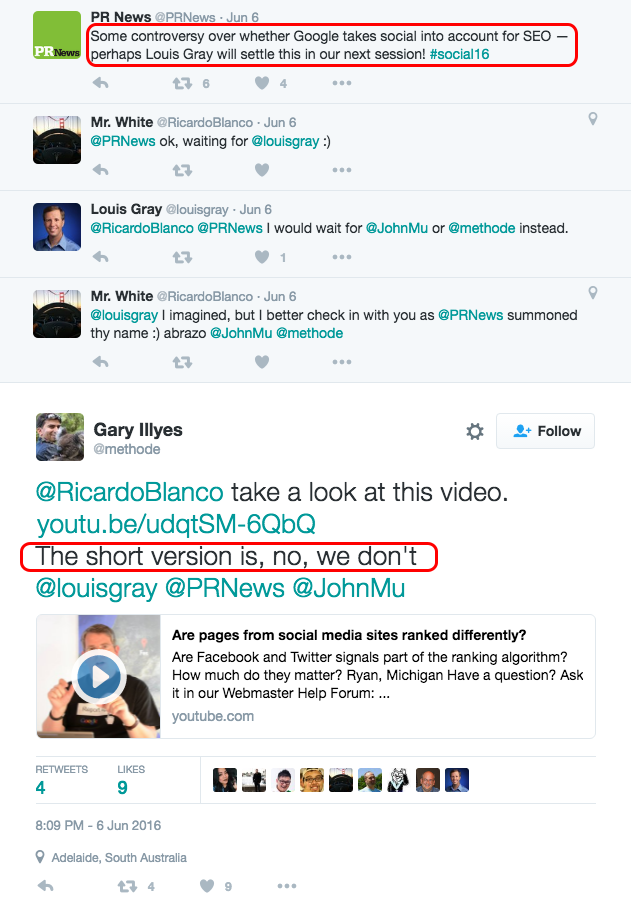
This could be because there are too many social signals to factor. For example, there are hundreds of millions of new posts per day. Users can also artificially inflate certain metrics, such as follower count.
Despite this, social media has an indirect influence over search engine rankings.
That’s because certain tactics can encourage your audience to perform activities that directly impact optimization, such as backlinking. Effective social marketing also builds brand awareness, which means users are more likely to recognize your brand name in search engines.
Following this logic, here are four ways you can structure your social media strategy to improve SEO:
By crafting and promoting high-quality content, many target market members will deem it share-worthy and some content creators will consider it link-worthy.
This chain has four parts: You create content, users share it, it finds the eyes of content creators and they develop pieces that link to it. The last part directly impacts SEO.
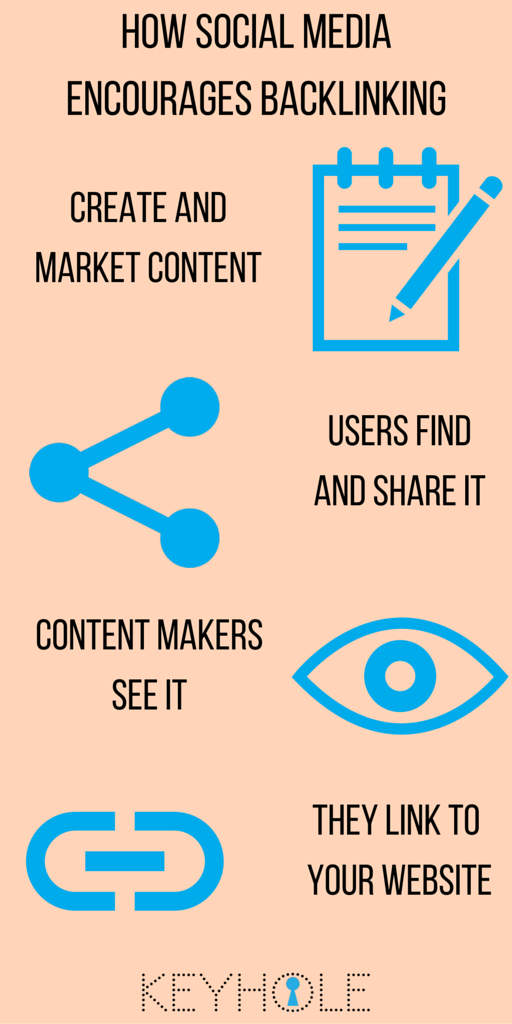
So, how can you market content in a way that influences sharing?
Consider using tactics such as:
- Experimenting between peak and non-peak posting times. It may seem wise to share content when the bulk of your audience is online, but research from digital marketer Jon Loomer shows that’s not always the case. Posting the same amount of links, he earned an average reach on Facebook of almost 13,000 during non-peak hours. That compares to an average of less than 9,000 during peak time.
- Asking for shares. Tweets that contain “Please Retweet” and “Please RT” earn an average of 51% and 39% more shares, according to research by social media scientist Dan Zarrella.
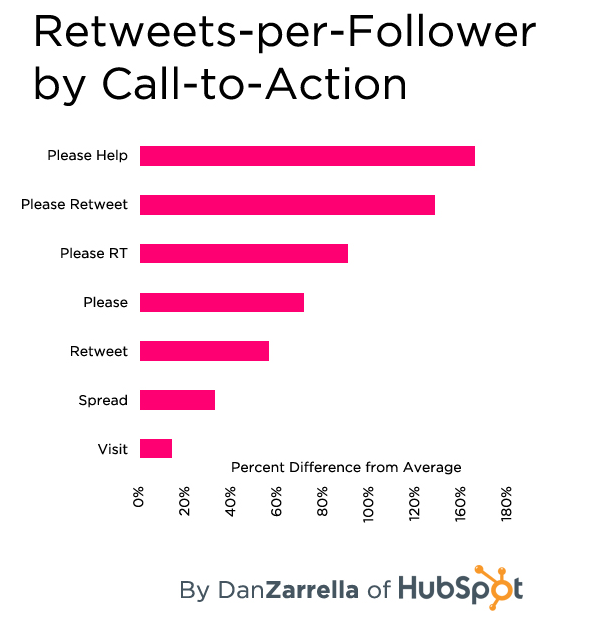
- Reaching out to people who’ve shared similar posts. Monitor your social media feeds and run searches, flagging people who share content similar to yours. When you post new content, send a friendly message directing them to it.
But if the content piece itself doesn’t satisfy your audience’s need for quality, it likely won’t earn shares and almost certainly won’t get links.
To create engaging content, try:
- Capitalizing on trending topics. If there’s news related to your target market, create content around it. Use applicable hashtags and keywords for searchability.
- Placing links near the start of posts. Studying 200,000 tweets, Zarrella discovered that users are most likely to click a link if it appears a quarter of the way through.
- Using multimedia. Facebook posts with images earn 53% more likes, 84% more clicks and 104% more comments than those without, according to a HubSpot study of more than 1,500 companies.
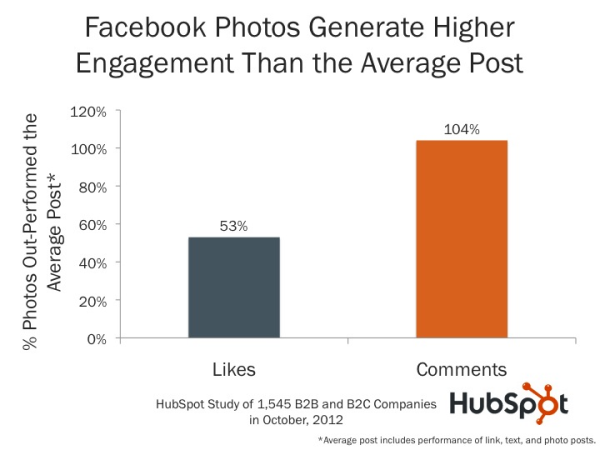
The next point covers, in detail, one of the most effective ways to create content that generates shares and links.
2. Address Audience Pain-Points
Your target markets will likely gravitate to content that tackles lingering niche issues, promoting and distributing it to help each other find a solution.
Take Social Media Examiner as an example.

Some of the site’s most popular posts address audience pain-points. “5 Twitter Tools to Boost Your Productivity” handles the issue of efficient tweeting, whereas “How to Grow Your Facebook Fans Without a Budget” helps marketers with few resources build a dedicated following.
Author, columnist and agency lead Mark Fidelman also recommends this method:
It’s got to be information, content, visuals and audio that target the pain-points — or some kind of emotional point — of your target audience. You’ve got to learn what those points are through trial and error, by surveying them or by asking them.
We’re still trying to figure that out because those points seems to be changing all the time.
>> Click here to read Mark Fidelman’s full interview <<
As Fidelman alludes to, pain-points change as content creators offer solutions and industries themselves evolve past them.
So, how can you continuously find new pain-points to address, keeping audiences interested long enough to share and link to you?
Try these methods:
- Survey your readers and followers. This is the long way. Create an online survey that lists topics and asks participants to rank their level of difficulty with each. Then, message your audience members about it. Their insights will help guide your social and content strategies.
- Examine Google search intent. This is the quick way. Search a keyword, noting the titles of the top articles. Despite Google regularly changing its algorithm, the search engine’s goal has always been to improve user experience by ranking content based on factors such as backlinks and low bounce rates. So, the top-ranked articles effectively explore issues bugging readers. Base your content on them.
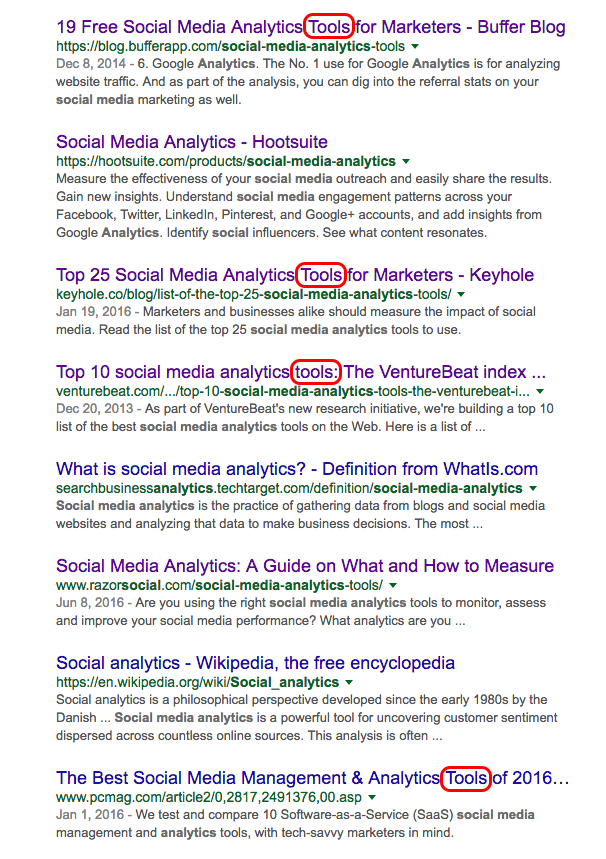
By using these tactics to discover pain-points and socially promote content that solves them, you should engage audiences and encourage them to link to you.
3. Build Relationships
Developing genuine relationships with audience members is one of the most effective ways to influence SEO through social media.
Consider how many likes, shares and comments you get in a day. There’s a high chance that a core group of users delivers a large portion of these engagements.
This indicates that, compared to the average user, people who you’ve built social media relationships with are more likely to:
- Share your content
- Seek you out on other platforms
- Visit your web pages, boosting direct and referral visits
- Link to your web pages, helping boost traffic while delivering favourable signals to Google
These last two points directly influence search rankings, whereas the first two can indirectly lead to links and visits.
Here’s the real question: How do you create relationships on social media, developing a group of dedicated audience members? Try to:
- Engage with other users. Regularly share and reply to other users’ posts. They may return the favour, becoming core audience members.
- Develop a social media monitoring plan. Scan the social web for industry keywords, replying to posts and answering questions when applicable. This should boost profile views, possibly leading to engagements and website visits.
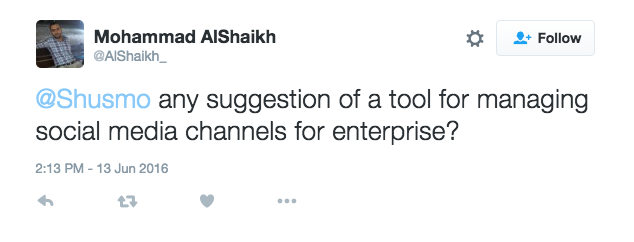
- Continue with frequent content creation and sharing. Many users will simply appreciate the quality of your content, regularly engaging and visiting after discovering your business. Use chats, hashtags and communities to boost exposure.
As dedicated audience members can help SEO through regular visits and sharing, using these tactics to build relationships should be a social media priority.
4. Work with Influencers
Collaborating with niche thought-leaders can lend credibility to your social brand while expanding your reach, earning more traffic and backlinks from high-authority sites.
Each campaign varies, but — for SEO purposes — yours should involve thought-leaders sending their large audiences to your web pages through either social media or their own websites. As a result, you should see a bump in traffic and inbound links.
Interviewing them, for example, is a simple campaign component that delivers these benefits.
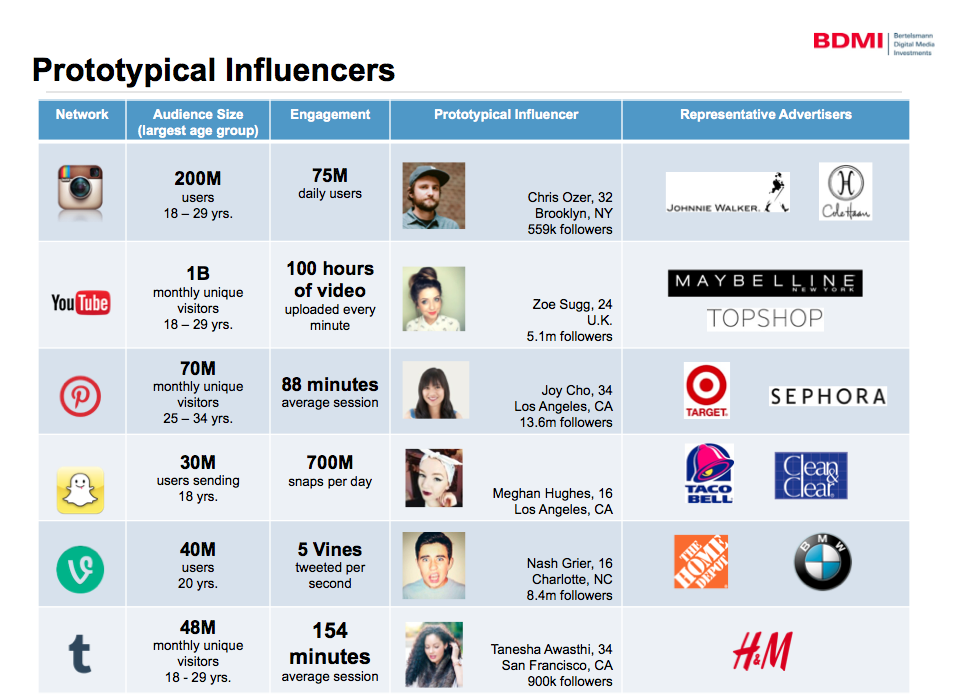
To run an influencer campaign of any nature, consider these steps:
- Define, and find, your ideal influencer. Of course, a candidate should have a large and engaged following on your social platform of choice. But the right one should also closely align with your brand. For example, it may not be ideal for a Snapchat marketing tool to work with a leading Facebook-only strategist.
- Build a relationship with your target influencer. Refer to the previous section — getting to know someone before reaching out should help your chances.
- Pitch a win-win idea. Fill your influencer in about campaign details, highlighting how he or she can benefit. For example, you may offer free use of your product in exchange for a comprehensive review about it.
- Launch and monitor it. Create the campaign collateral, such as a landing page and original social content, beforehand. On an ongoing basis, measure the components of the campaign — be it hashtag use, landing page visits or use of a code. This will help you adjust your approach, if needed.
You can get more tips by reading a guide to Instagram influencer marketing here, and another one for Twitter influencer marketing.
Whichever methods and platforms work best for you, be sure to thank an influencer for helping.
You may wish to work together in the future, earning more links, traffic and brand-building benefits such as word-of-mouth referrals.
Final Thoughts About Improving SEO through Social Media
Google may say it doesn’t consider social data when ranking pages, but these tactics show how you can indirectly affect SEO through social media.
Start by creating engaging content that meets your audience member’s niche needs. Then, work to populate their feeds with it. Expedite these processes by building relationships with users and influencers, delivering benefits such as more profile and website visits.
Sound familiar? It should. These tactics are all core components of digital strategy.
And keep in mind, Google frequently changes its search algorithm.
It’s not out of the question that, one day, social media data will directly impact ranking.
[testimonial_rotator id=”3263″]
Keyhole is a real-time conversation tracker that provides keyword and hashtag analytics for Twitter and Instagram. Get started for free and search your brand below:
Great article.
I totally agree where you mentioned the use of using “Please retweet” in tweets. I was skeptical about it but when I tried, the results were eye-opening.
Also I agree with you that we should focus on building relationships with others in the industry.
Just tweeted your article. 😉
Cheers,
Ahfaz
Thanks Ahfaz! Glad you enjoyed reading.
Cheers,
Marcus
Hey Marcus, you’ve written a great article. It was very helpful. Nowadays technologies offer great variaty of options to develop our business on the Internet and I think that we have to use these options in the best way possible.
Thanks once again!